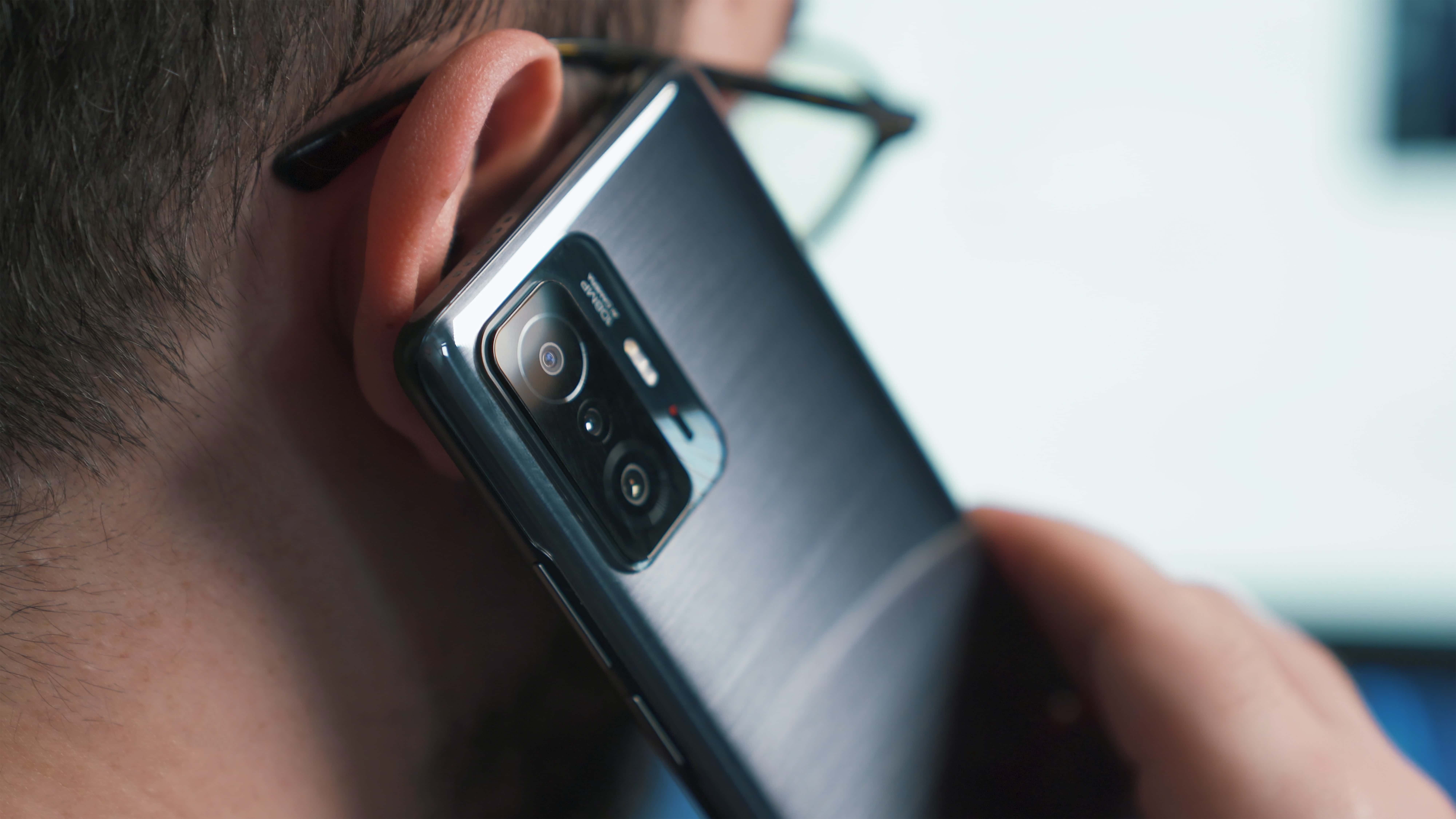On November 21, 2022, the Federal Communications Commission (the “FCC” or “Commission”) issued a declaratory ruling and order finding that “ringless voicemails” are subject to the Telephone Consumer Protection Act (“TCPA”) and, therefore, require prior express consent from wireless recipients. This ruling should end the long-standing debate over whether consent is required to deliver ringless voicemail messages. The order makes clear that the FCC is not prohibiting the sending of ringless voicemail; rather, it is clarifying that ringless voicemail messaging is subject to the TCPA. The FCC ruled that ringless voicemail calls should be regulated under the artificial or prerecorded voice prong of the statute, which requires the prior express consent of consumers prior to delivery to wireless numbers.
The FCC ringless voicemail order was issued in response to a petition filed by All About the Message, LLC (“AATM”). In its petition, AATM argued that ringless voicemails are not subject to the TCPA and, therefore, no consent is needed in order to send such messages to consumer cell phones. Despite ATTM’s attempt to withdraw the petition, the FCC issued the ruling “to resolve a controversy and remove uncertainty about ringless voicemail.” Please note that the order applies broadly to any entity that leaves a ringless voicemail on a consumer’s mobile phone.
The FCC’s Basis for its Decision That Ringless Voicemails Require Consent
The FCC based its ringless voicemail decision on precedent; specifically, on the fact that it had previously found that computer-generated text messages are calls for purposes of the TCPA. Similarly, the ruling explains that ringless voicemails are calls despite the fact that they are “not traditional handset-to-handset communications.”
In arriving at its decision, the FCC reasons that ringless voicemails function identically to Internet-to-phone text messaging that is already subject to the TCPA. With both ringless voicemail and Internet-to-phone texts, a number assigned to each consumer is “necessary” and serve as a “unique identifier,” the FCC detailed. Additionally, the steps involved in sending ringless voicemail are substantially the same as the steps involved in sending mass texts and text-to-email address texts.
Holding that a ringless voicemail message is a call subject to the TCPA is also consistent with the ordinary meaning of the word “call,” which Webster’s Dictionary defines as “to communicate with or try to get into communication with a person by a telephone.” In addition, the FCC cited the Ninth Circuit’s decision in Satterfield, held that the TCPA is triggered by the act of placing a call not by whether a party answers a call.
The FCC noted that its finding is consistent with the legislative history and purpose of the TCPA. In adopting the TCPA, Congress specifically found that “automated or prerecorded calls are a nuisance and an invasion of privacy, regardless of the type of call.”
Rejected Arguments
The ruling dismissed several arguments advanced by AATM. Among other claims, the Commission rejected the argument that ringless voicemails are not calls because they do not “pass through consumers’ phone lines” and that the TCPA protects only calls made directly to a wireless handset. As the United States Supreme Court has held, Section 227(b)(1)(A) of the TCPA prohibits artificial or prerecorded calls, “irrespective of the type of technology used.”
If you are interested in learning more about this topic, or need to review your calling or text messaging practices, please e-mail us at info@kleinmoynihan.com, or call us at (212) 246-0900.
The material contained herein is provided for informational purposes only and is not legal advice, nor is it a substitute for obtaining legal advice from an attorney. Each situation is unique, and you should not act or rely on any information contained herein without seeking the advice of an experienced attorney.
Attorney Advertising
Photo by Onur Binay on Unsplash
Related Blog Posts:
Government Contractors Subject to New FCC TCPA Robocall Rules




